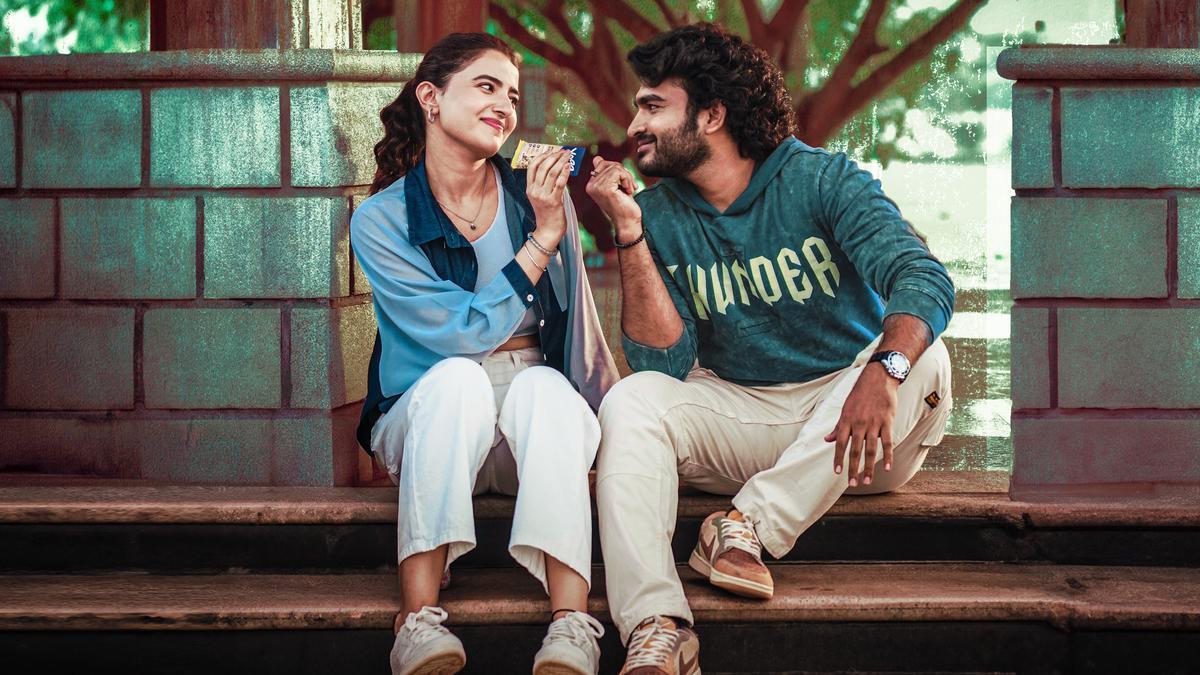
The memory of replicating a piece by renowned Italian artist Fortunino Matania is etched into the heart of Loganathan, affectionately known as Maniam Selven. This homage piece, its paper aged to a golden hue, was what won the recognition of his father, Maniam— an acknowledgment that crystallized his role in the continuum of Tamil artistic tradition.
As the only progeny of a luminary in the Tamil illustrative world, Maniam Selven witnessed a seminal moment that would steer the course of his artistic journey. Decades later, the mention of his father suffuses him with a poignant nostalgia, his eyes brimming with the weight of the past. “He never insisted that I become an artist. But he exposed me to artists and perspectives that inspired me,” he remarks with a blend of reverence and heartache.
Together with his progeny, Maniam Selven presides over an exclusive inheritance: a portfolio of art that singularly carves out the illustrative legend of Maniam and was recently exhibited at Lalit Kala Akademi. Amidst engaging chats, Maniam Selven iterates with heartfelt conviction, “Without him, I won’t be here.”
Thrust into an illustrious career that pan-spanned nearly three decades, Maniam’s creative essence flourished with time, moulded by various influences. While immersed in study at the College of Arts, Egmore, the acclaimed author Kalki Krishnamurthy approached him with a proposition— to join forces as a full-time illustrator for his nascent magazine.
Subashini Balasubramaniam, Maniam’s granddaughter who is also treading the artistic path, reflects on this legacy. “This decision that thaatha took was pivotal for what he did later. At ‘Kalki University’, he was inspired to cultivate Indian art, undistorted by external influences,” she asserts.
The years proceeding Indian Independence were imperative for the nation’s cultural renascence, and Kalki’s magazine resonated a distinctive cultural tenor that molded the post-liberation collective mindset.
Traversing the exhibition, visitors could witness the growth and expertise of Maniam as an artist. His various experiences and journeys, including visits to the historical caves of Hampi, Ajanta, Ellora, and Badami, were intricately woven into his works, depicting sculptures and allegorical scenes with exquisite detail. Subhashini elaborates, “His paintings are noteworthy for their detailed backgrounds just as much as the principal characters. They render a vivid sense of the setting and its inhabitants.”
The partnership of Maniam and Kalki reached its zenith in 1950 when Ponniyin Selvan was serialized. “The very first series with which he widened his artistic impact was Ponniyin Selvan. The synergy between writer and illustrator was captivating, with the author providing weekly narrative cues, occasionally surpassed by the artist’s imagination. The author would graciously adjust the narrative to accommodate such artistic vision,” Subhashini elucidates with a hint of wonder.
In a dedicated section of the exhibition, the original sketches and panels from Ponniyin Selvan arrest the attention of onlookers, alongside an intricate 1941 canvas storytelling the saga of sage Agastya. Moving through the ages, one discerns the evolving genius in Maniam as he embraced and experimented with newer subjects and mediums, from illustrious figures like Alexander the Great and Mother Teresa to stepping into art direction for cinema, as seen with the film Parthiban Kanavu in 1960.
The curator’s final homage is to Maniam Selven’s contemporary works, where one glimpses how illustrative art has been transformed by digital innovation, evidenced by techniques like superimposition and photographic collages.
The display at Lalit Kala Akademi wasn’t just an exhibition; it was a lineage on display, a saga of artistic prowess passed down and preserved. “The year after appa passed away, Deepavali Malar gave me an opportunity to work on their cover despite my youth and relative inexperience. This is how my father’s legacy continues,” confides Maniam Selven.










